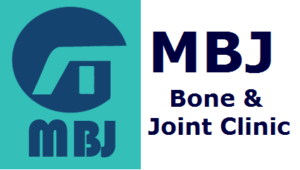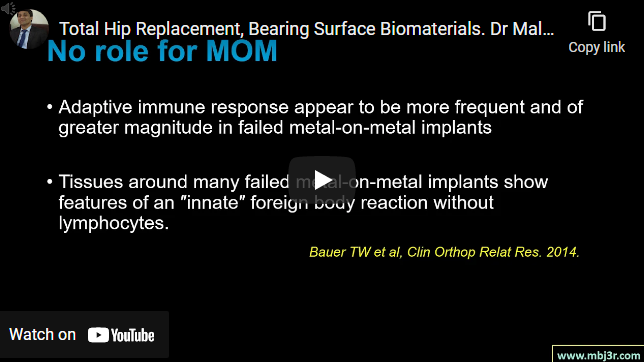Limb discrepancy causes patient dissatisfaction, pain, gait disturbance etc Postoperative goal is a final LLD of <1 cm Evaluate and document any structural and apparent limb-length discrepancy before total hip arthroplasty for later comparison Measurement of LLD on a preoperative anteroposterior pelvic radiograph is best performed using the inter-teardrop line and the femoral head center as the landmarks Hip position…



